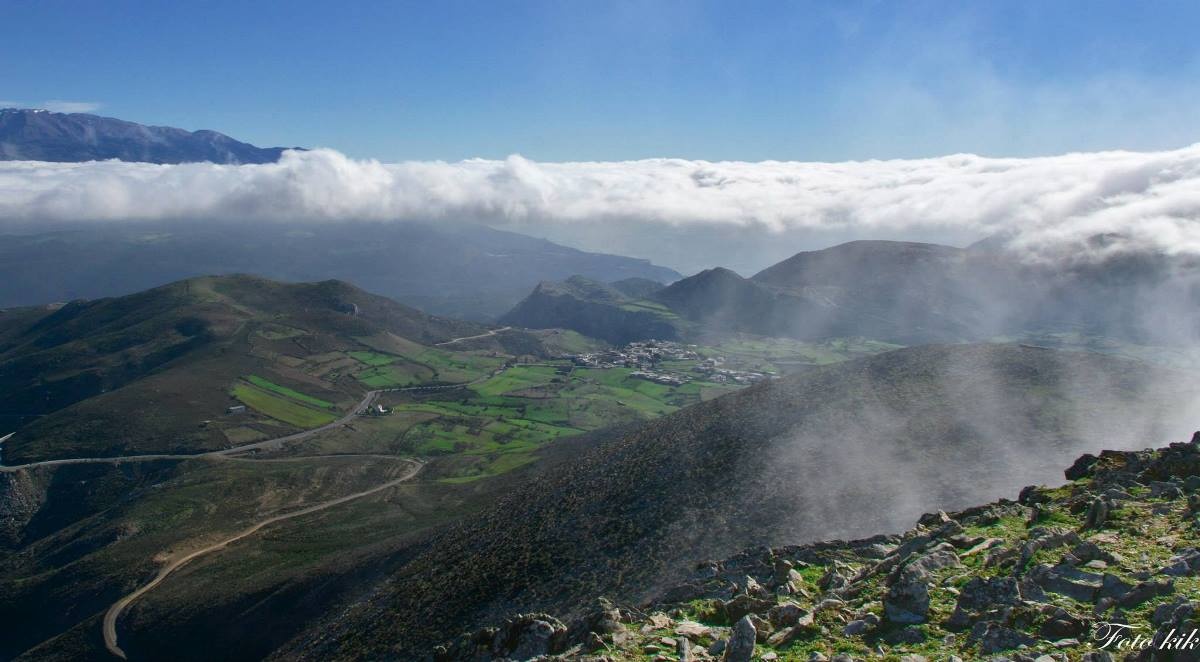
Total Municipality area: 335.38km.
Population: 16,692 (2011 census).
Seat:
- Administrative and financial: Peza (home of the Town Hall, KEP (Citizens’ Service Center), and many other services)
- Historical seat: Archanes (home to a Town Hall branch with a KEP housed at the hamlet’s historic school) / Pyrgos is also a historical seat of the Municipality where there is a KEP and other services.
Municipal units:
There are three major administrative (and geographical) units in the Municipality: Archanes, N. Kazantzakis, and Asterousia, with 55 villages. Up until 2010 they were separate Municipalities, but since then, as a result of the administrative reforms (Kallikratis Plan), they were unified under one new Municipality.
Natural geography:
The Municipality of Archanes-Asterousia is basically a semi-mountainous Municipality. Its morphology is characterised by three zones: the mountainous zone above 400m, the semi-mountainous zone between 200m-400m, and the lowland zone below 200m. The first two zones cover approximately 3/5 of the Municipality. The mountains that tower over it are Mt. Juktas and part of the eastern Asterousia range. An important part of the fertile plain of Mesara spreads out below the northern slopes of the Asterousia Mountains and is within the administrative borders of the Municipality.
Borders and their relationship with neighbouring regions:
The Municipality is located at the centre of the Prefecture of Heraklion, covering a long stretch of land that starts in the northern part of the Prefecture, very close to the urban centre of Heraklion and reaches the southern shores, with an exit onto the Libyan Sea.
In the north it borders with Heraklion, the capital of the island. It takes only 30 minutes by car to get to central Heraklion from Peza or Archanes. Especially in the case of Archanes, this extremely short distance has contributed to the gradual urbanisation of the beautiful village, which, over the last few years, has been attracting more and more residents from the city seeking a calmer daily life.
It has also played a decisive role in tourism growth, as dozens of tourist buses arrive here during the summer season, to tour the archaeological sites of exceptional importance, the beautiful alleys and the inviting taverns and cafés in the most cosmopolitan traditional village in Crete.
From a historical point of view, this northern area of the Municipality (the broader Archanes region) has always been functionally dependent and a continuation of the capital of Crete. Knossos itself, during the peak years of the Minoan civilization, utilised the entire region of Mr. Juktas and Archanes, even beyond Vathypetro.
Another example is the south of the Municipality. The part of the Asterousia mountain mass that administratively belongs to the Municipality of Archanes-Asterousia, is approximately one third of the overall mountain mass. This is the western part. The eastern part belongs to the Municipalities of Gortyna and Phaistos. However, the mountainous mass is a single entity, with common geomorphological characteristics and biodiversity, with the same needs for protection, preservation and promotion, which require joint administrative policy efforts. In this guide we attempt to present alternative touring choices visitors have throughout the mountain mass.
Lastly, in the east the Municipality borders with the Municipalities of Minoas Pediados and Hersonissos, with which it shares the rich ecosystem of the Karteros River and its deep gorges that form tributaries (Astrakiano and Kounaviano Gorges).
Living standards
The high quality of life of the residents has been secured with the construction of major infrastructure projects concerning water supply, irrigation, sewers and cleaning, such as biological treatment plants in most Municipality hamlets, new water supply and sewer networks, reservoirs, and sanitary landfills.
A broad social services network has also been established including Open Care Centres for the Elderly, kindergartens and centres for children’s creative occupation.
All of the above, in combination with modern infrastructure for sports (football grounds, calzetto courts, indoor gyms that can support training needs of sports teams and athletes) and culture, make the Municipality an attractive destination, both for a visit and as a permanent home.



